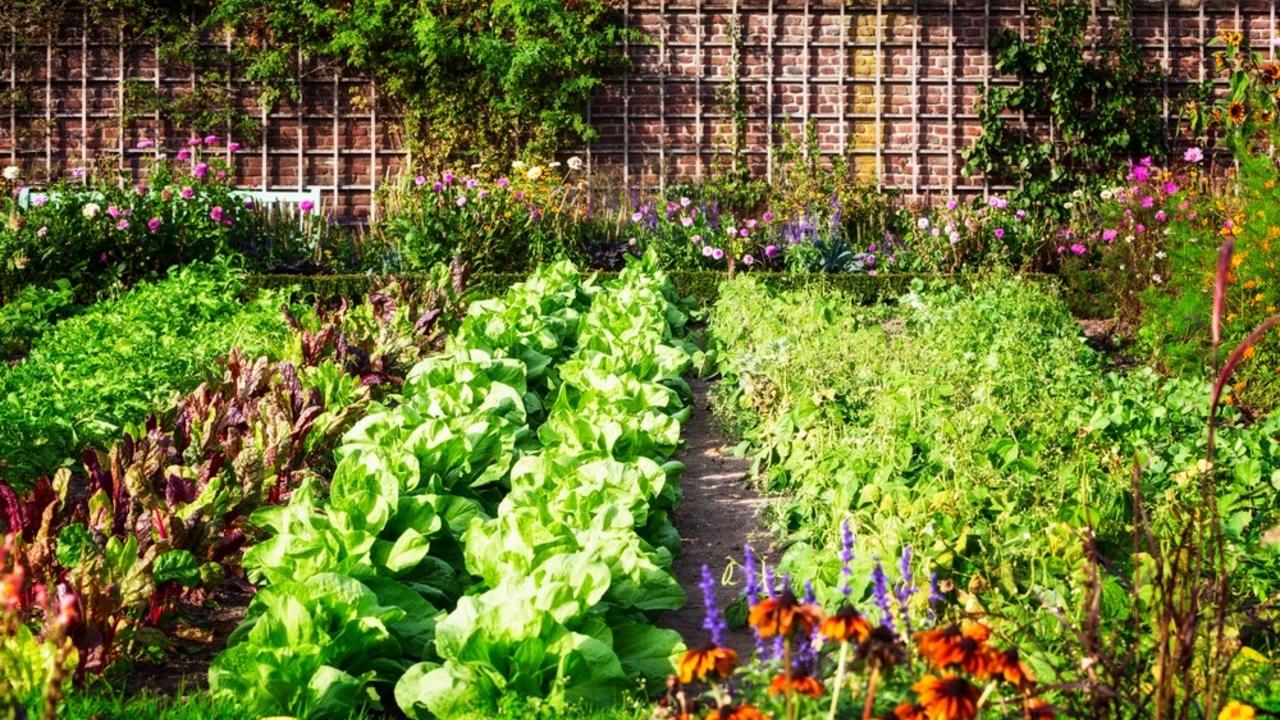Permaculture

Permaculture is a holistic worldview and design principle that aims to meet human needs by modeling human developments after natural systems. This ensures that humans work with nature instead of against it, resulting in the protection and health of natural systems. This principle is important, as we must move beyond sustainability and become restorative to nature. Using permaculture designs, human-made systems function in a way that enhances the natural world.
This term was first coined in 1978 by Bill Mollison, a lecturer in Environmental Psychology at University of Tasmania, Australia, and David Holmgren, a graduate Environmental Design student at the Tasmanian College of Advanced Education. The term permaculture comes from the amalgamation of the words “permanent” and “agriculture,” and later, “permanent” and “culture.” While the term originally just focused on the concern for creating an agricultural system that would be sustainable over a long period of time, its meaning evolved to include the need for a cultural shift to take place in order for true sustainability and restoration to be achieved. Not only do we humans need to change our methods of food production, but there is a need for change in other cultural aspects of our lives such as transportation, social justice, health, and housing. Mollison described permaculture in his publication Permaculture: a Designer’s Manual, Mollison (1988) as “ … the conscious design and maintenance of agriculturally productive ecosystems which have the diversity, stability and resilience of natural ecosystems. It is the harmonious integration of landscape and people providing their food, energy, shelter, and other material and non-material needs in a sustainable way.”
Permaculture can exist in a wide variety of forms and systems. While it can be applied to agriculture and food production, permaculture designs can also be applied to neighbourhoods, cities, households, backyards, and more. It is important to recognize that when it comes to permacultures, although there are some principles to follow, there is no specific formula or design. A permaculture design or system is individualized and must be based on the particular place in which it is located. Specific environmental factors, such as soil type, vegetation, wind, and climate are important to consider when determining the best way to create a self sufficient and environmentally beneficial system.
There are twelve permaculture principles that are often applied to growing food but can also be applied to many different situations and systems in our lives. The principles are as follows:
- Observe and interact
- Catch and store energy
- Obtain a yield
- Apply self-regulation and accept feedback
- Use and value renewable resources and services
- Produce no waste
- Design from patterns to details
- Integrate rather than segregate
- Use small and slow solutions
- Use and value diversity
- Use edges and value the marginal
- Creatively use and respond to change.
Click here to read about each permaculture design principle in more detail.
Some everyday examples of making use of these permaculture principles include composting your food waste and using it as fertilizer to become restorative, harvesting solar energy from the sun, planting perennial crops in order to avoid tilling the ground, the use of swales on sloped land in order to conserve water, and planting multiple plant species together instead of monocultures to avoid insect infestations. As you can see, there are many ways to include permaculture design principles into your own life and environment. Understanding and translating these principles into action is a great way to begin gardening and living in a more environmentally friendly and ecologically restorative way.
Stay connected with news and updates!
Join my mailing list to receive the latest news and updates. Your information will not be shared.

